I’m guessing that no-one, or hardly anyone, has heard of the Texet TX-500. From the mid 1980s? What about the Premier PC-500? It’s the same camera. It also goes under a Wizen brand, plus Fotorama and no doubt some others that I’ve not discovered yet. I do know of Texet, but as stationery providers such as calculators, certainly nothing concerned with photography! Needless to say I was intrigued when I came across this during a search for a cool looking retro red compact. Yes, I bought this camera because it is red. Why not?
Anyway, it was made in Taiwan by Premier Camera Co, a prolific manufacturer back in the day who not only distributed their own brand 110s and 135 compacts, but also made stuff for others. Your ‘made in Taiwan’ Ricoh or Chinon is quite likely a Premier. I’m also fairly confident that the PC-500 and the TX-500 were meant to have been a sort of budget Canon Snappy 20 ‘copy’. It even came in a very similar colour line such as red/black, blue/black, black/black etc. Okay, it’s not a real clone but it is somewhat similar, superficially anyway. How would it perform? Like a Canon maybe? Here’s my review…
To date, I’ve run seven films through the Texet TX-500 covering the ISO range 100 to 400 that the camera (apparently) automatically exposes for. Everything else is manual: loading, winding on, rewinding, flash switch. It is fixed focus. Of these seven, only one film is b/w as I prefer mono work with at least a yellow filter which, of course, is not possible with such a compact.
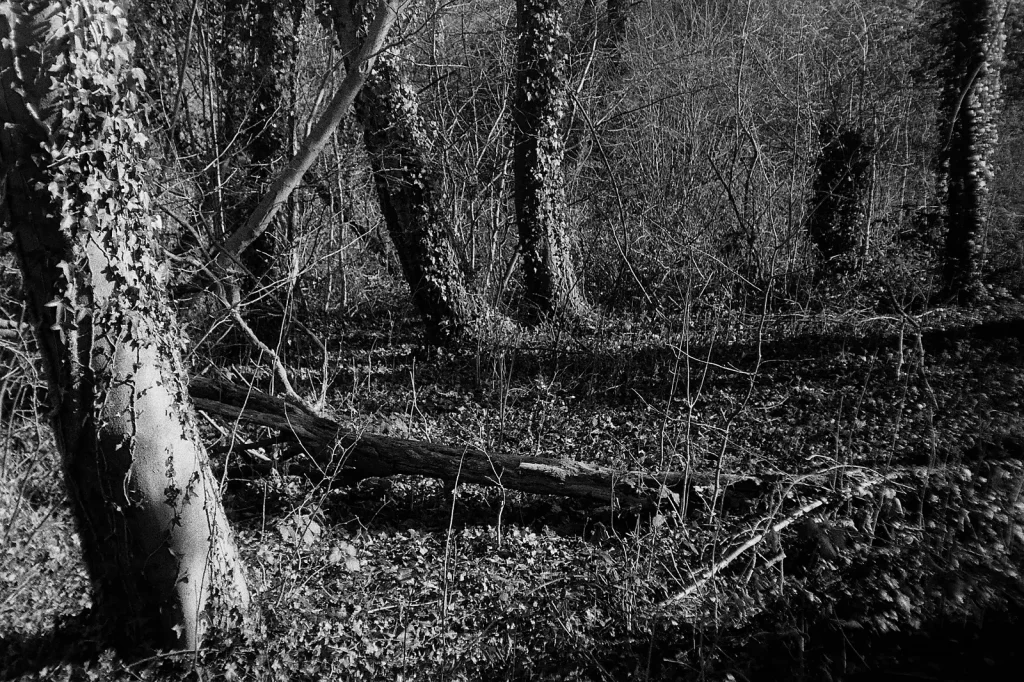
The Texet TX-500 lens is (apparently) maxed at f/4, and there is a f/5.6 version also. However, it only operates at f/4 when you use the flash. You can easily see the aperture move from a smallish round hole to a fairly large one when you move the manual flash switch. At all other times, the aperture stays as one size. I can’t find out what size this is so can only estimate at f/8, 9.5, 11 or something. In reality, this camera only has one aperture, so the so-called auto exposure must mean a variable shutter speed, right? The film speed is set with a little wheel and shown in a tiny window on the front above another tiny window that proclaims “cds”.
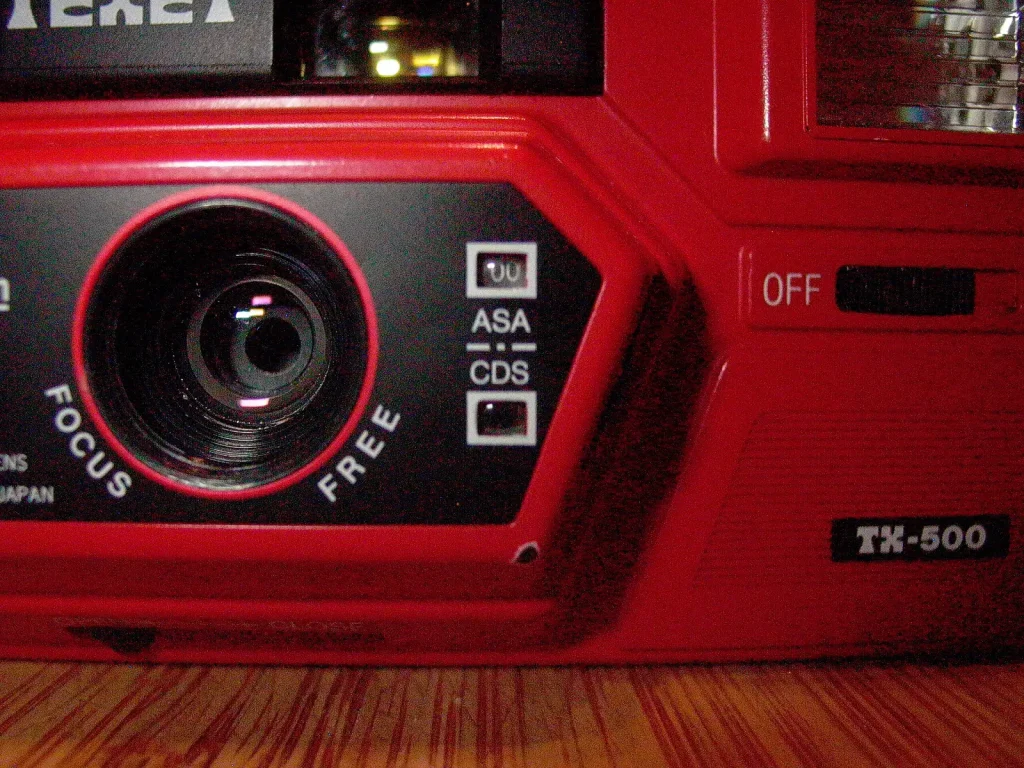
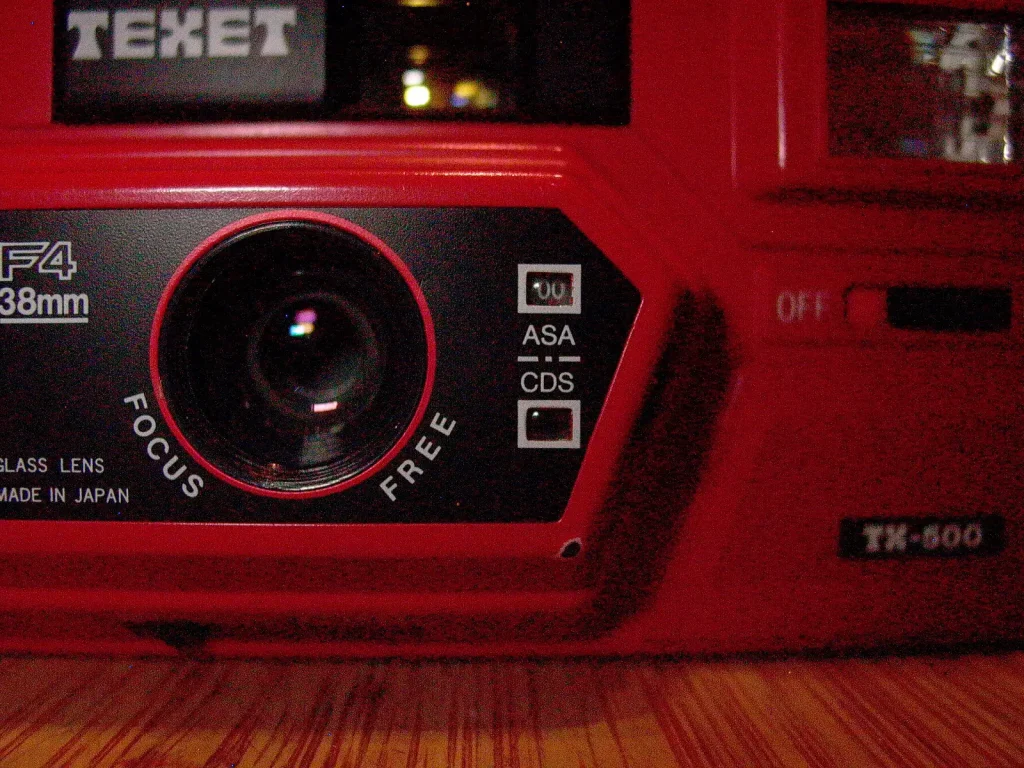
So how accurate is the exposure from the Texet TX-500? Well, to be honest, I’m not quite sure. You see, I’m not convinced it actually meters at all. I started getting a bit suspicious about things a few rolls in. This was especially so when I forgot to set the ASA, or ISO as we now tend to call it, a few times. With no apparent consequence and always getting nice skies. Hmm, time for some testing. So I made sure that on my last few rolls, I shot the same scene thrice, altering the film speed every time.
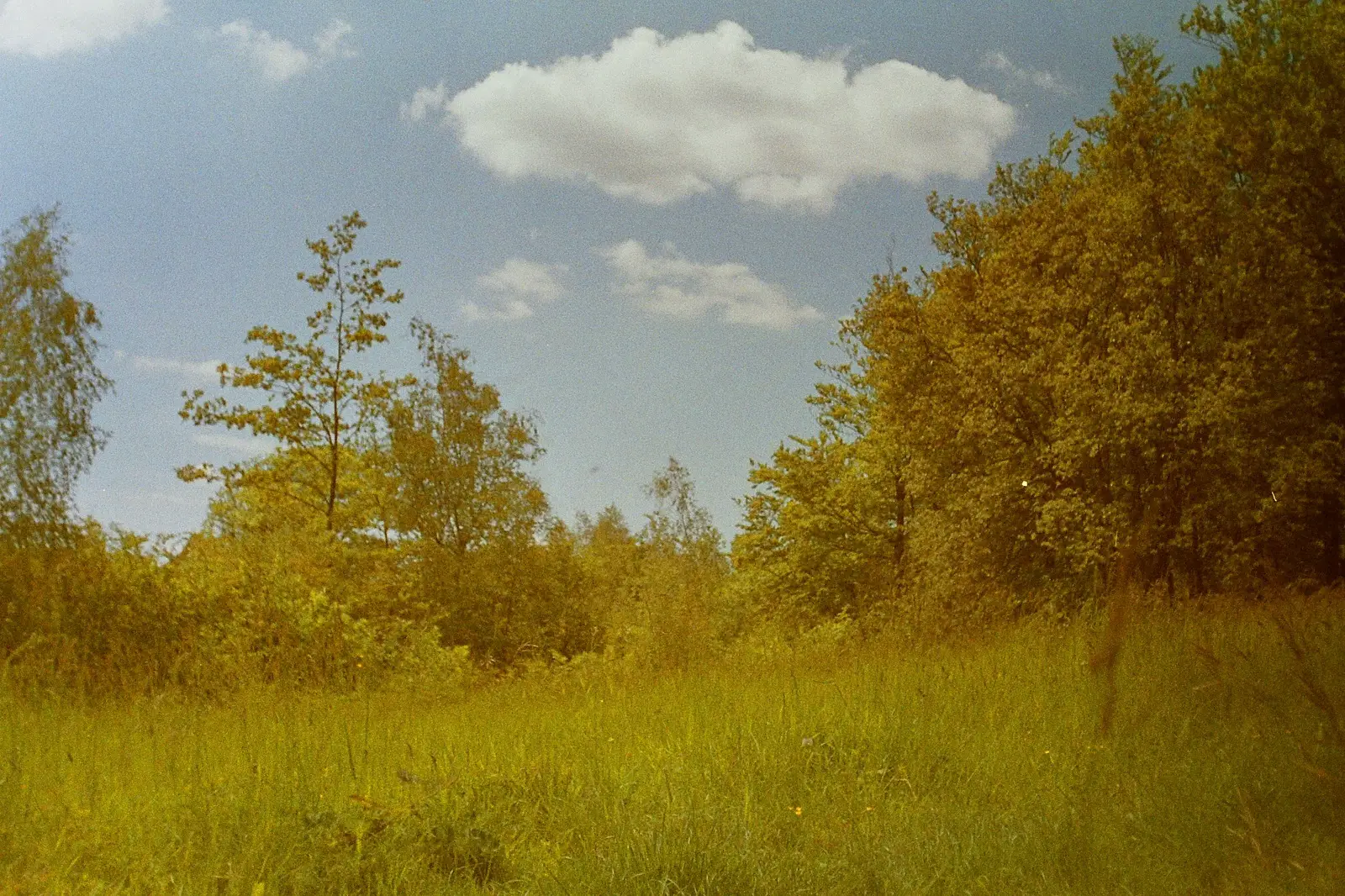
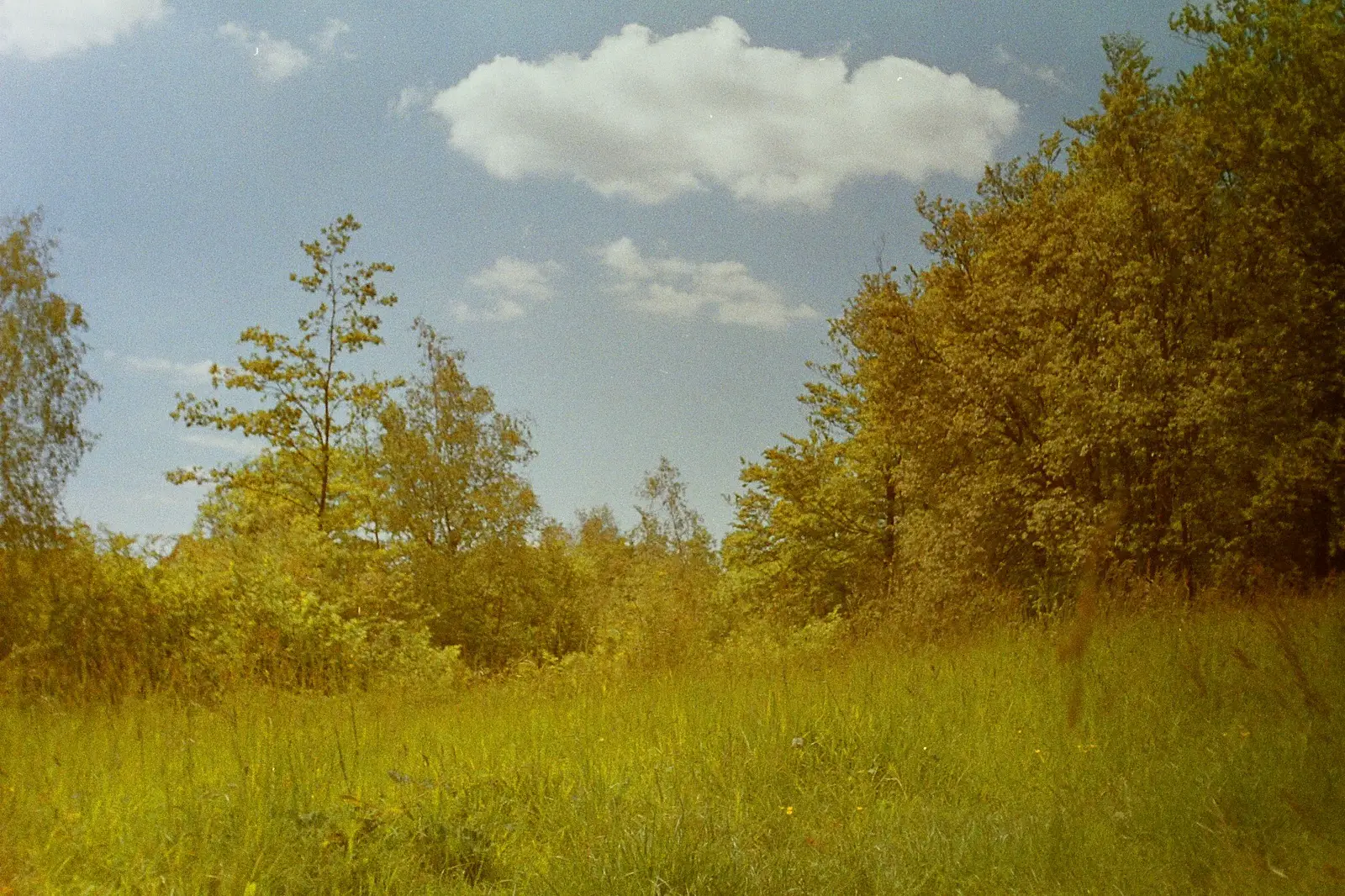
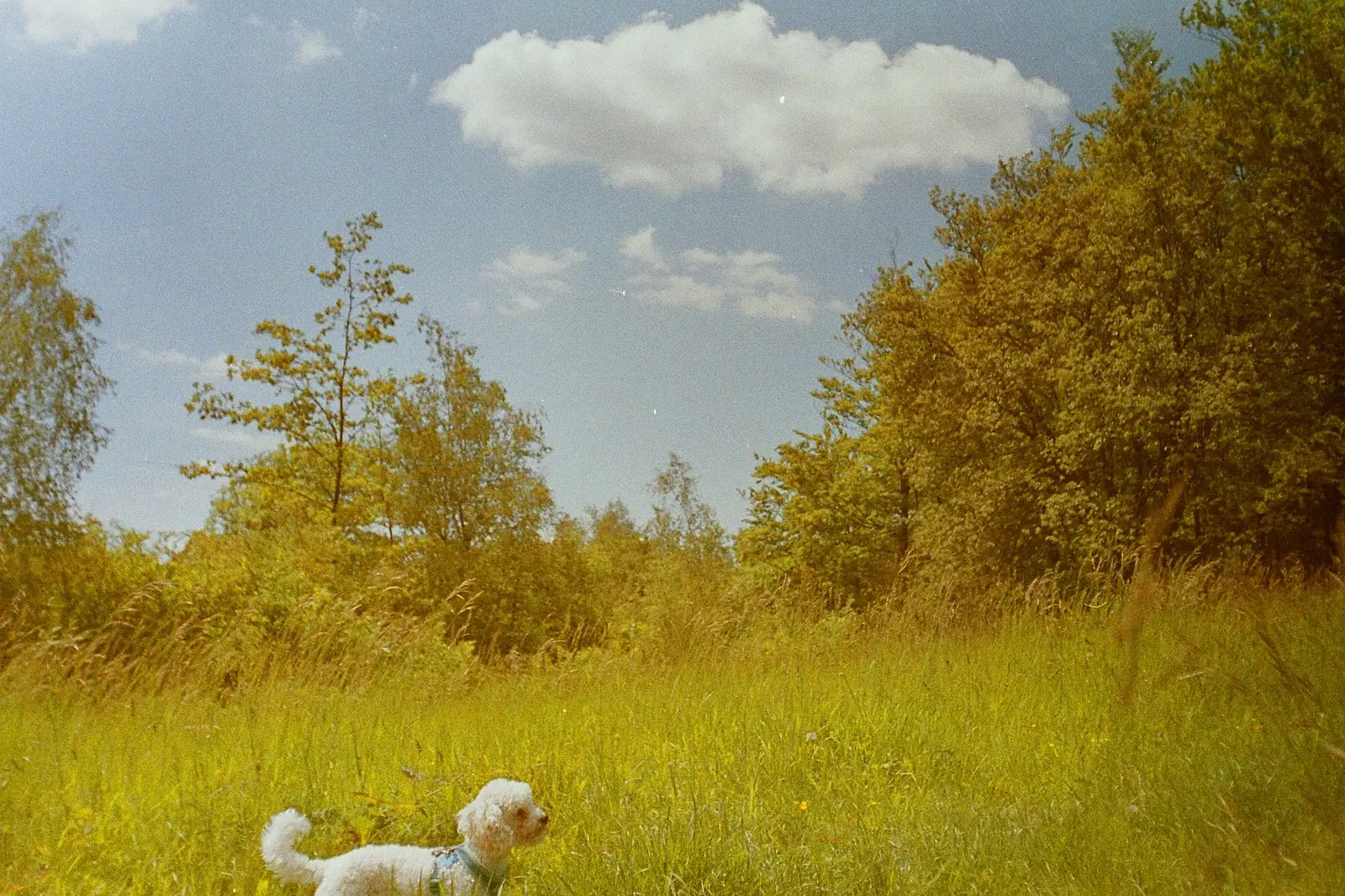
Exposure wise, the three shots appear nearly identical to me. This was repeated over several tests. I appreciate the tolerance of C-41, but surely there should be a bigger and more noticeable difference between these frames? Thus, I have concluded, maybe wrongly, that the camera has a fixed aperture and a fixed shutter speed, there is no auto exposure, the AA batteries are for the flash only and the little windows must be a little con!
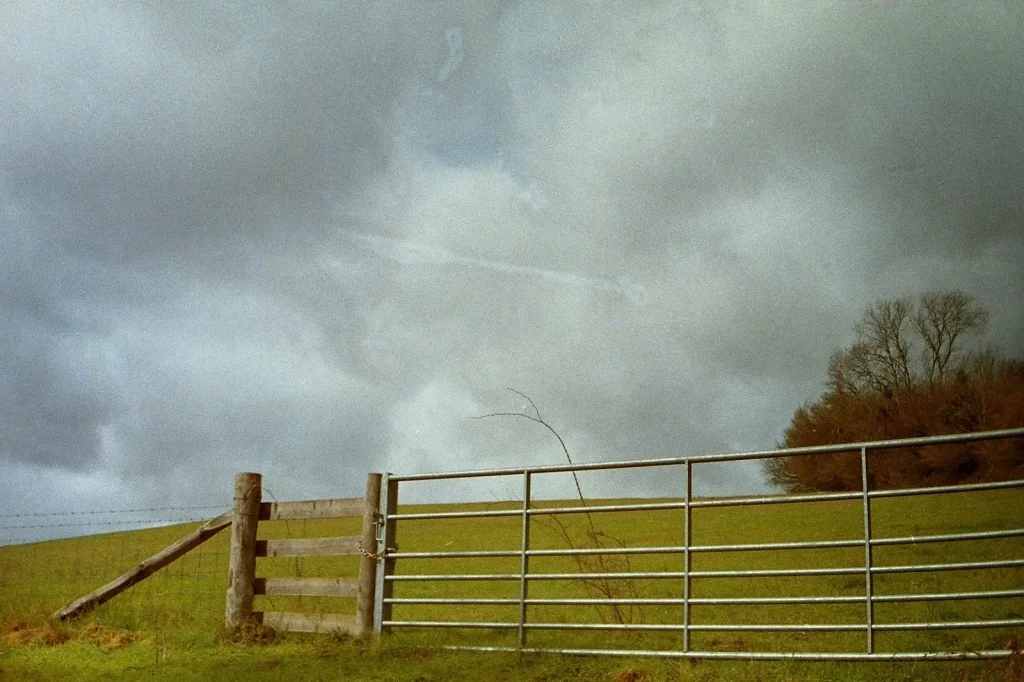
What about handling, I hear you cry? Truly, I like using the Texet TX-500. It’s stretchy width makes sense when you consider the viewfinder is located very near to the middle. This leaves enough space either side to hold the camera grip with your right hand, and your left hand easily supporting underneath, available to easily switch on the flash. I find the whole design better than a more conventional box shape. Also, I do like to have a manual switch to avoid those unexpected or unwanted flashes. So well done there.
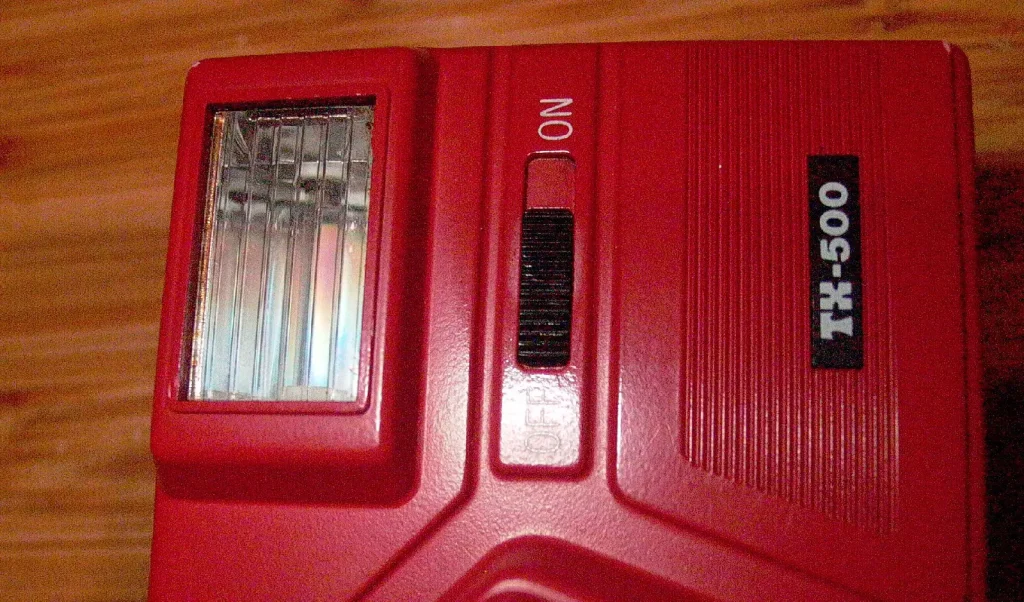

Returning to the Texet TX-500 viewfinder. Being located roughly above the lens, I know that what I compose through it will be pretty much the same on the film frame (better than the Canon). It also has clear frame lines with parallax correction. All good so far. There is the addition of a central box in the viewfinder – no idea what that is for. After all, it is not auto focus and I don’t think it’s auto exposure!
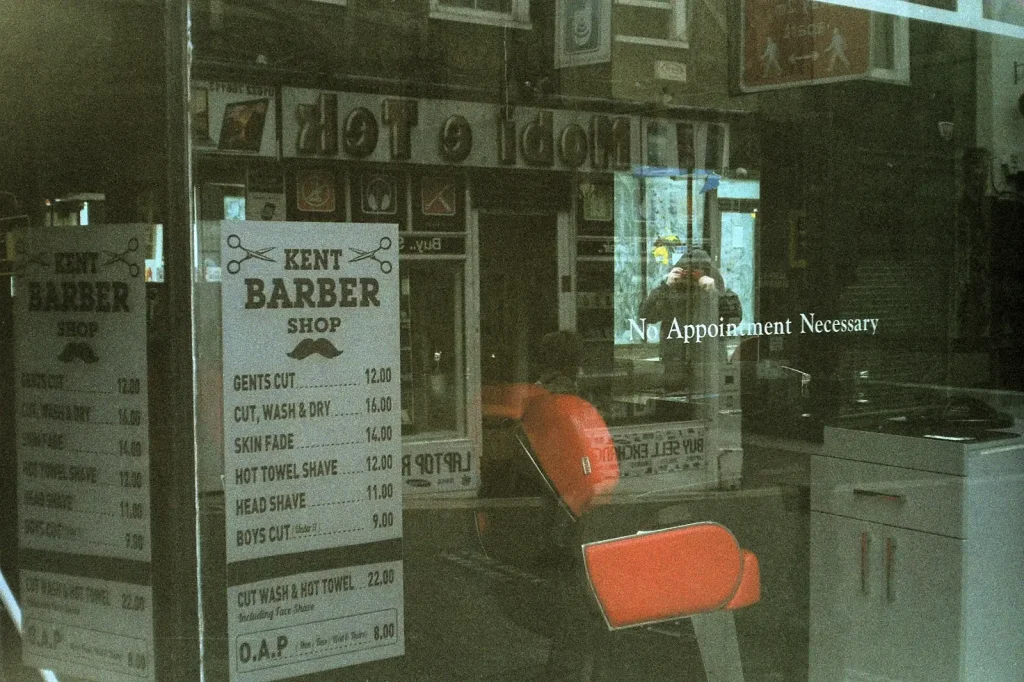
The whole Texet TX-500 feels a bit plastic, but I wouldn’t want it any other way and it does feel safe and secure in the hand. The glass lens is (apparently) made in Japan. Actually I don’t disbelieve this claim. It seems a decent enough performer, especially for a budget compact. In fact, I’m happy to declare that the camera, as a whole, is a decent enough performer.
Before we view a few more photos, the final verdict on the Texet TX-500. A Canon fake, er… maybe. Fake auto exposure, quite possibly. But I kinda like it, especially as it’s a cool, retro red. Should I get a blue one…?
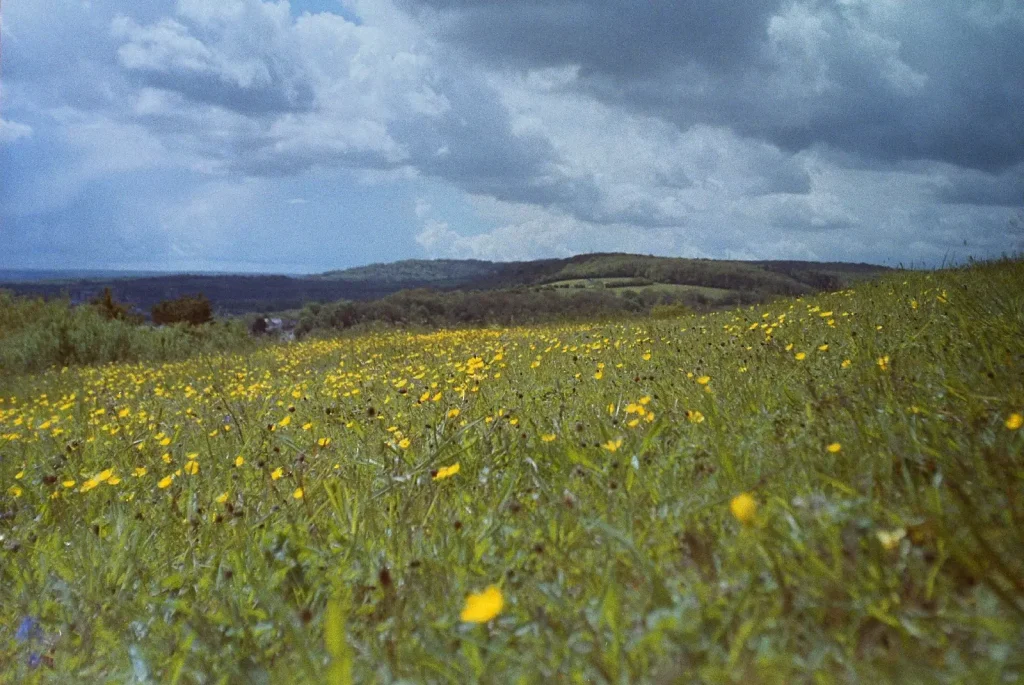
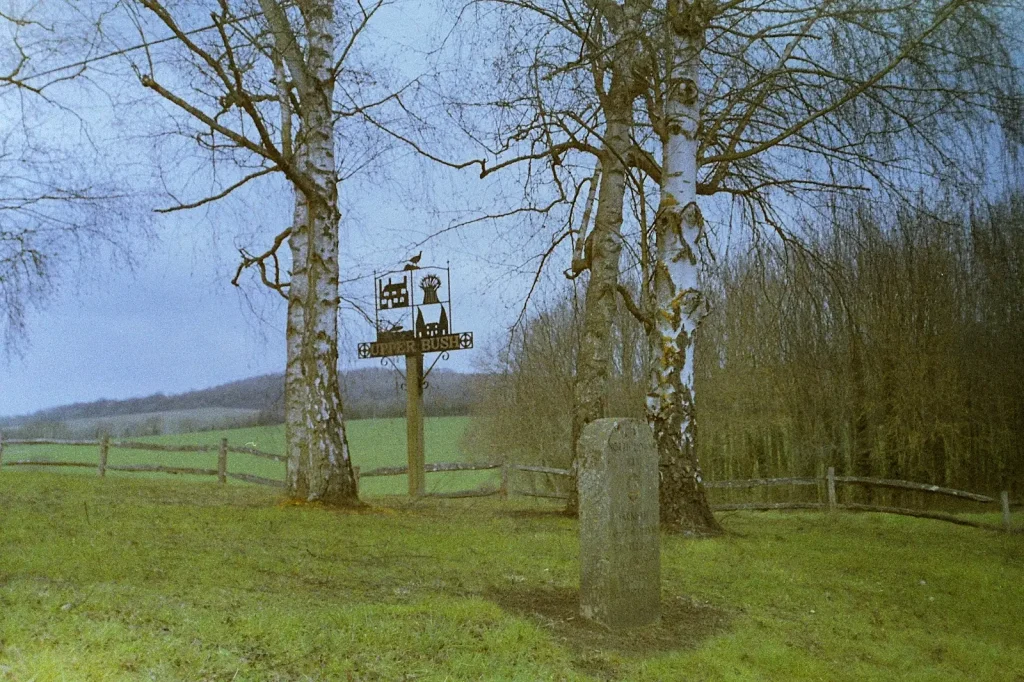
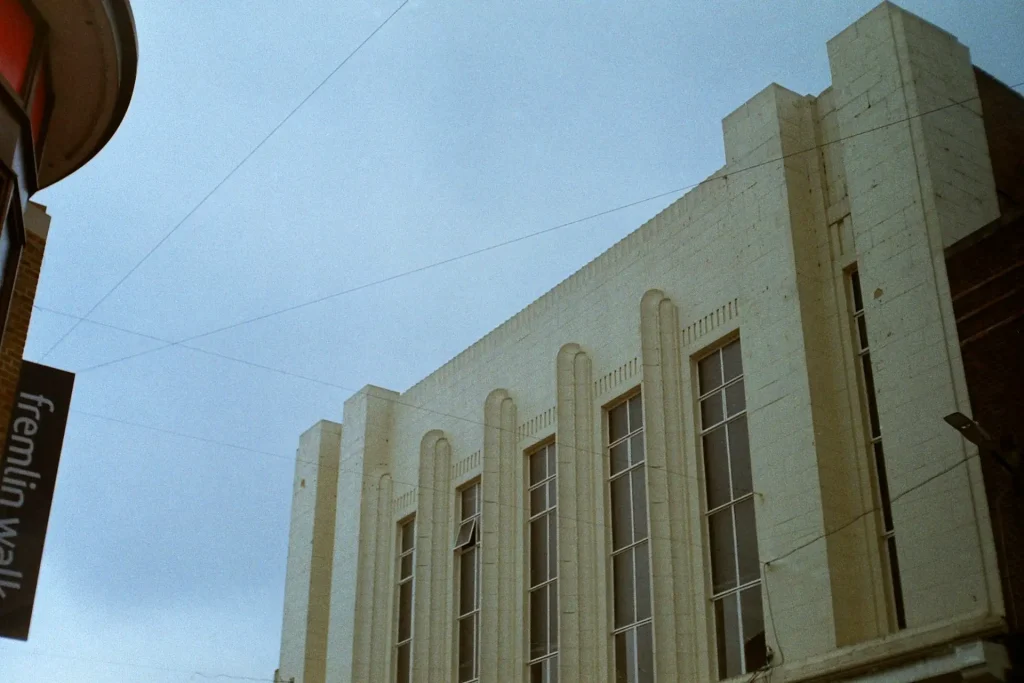
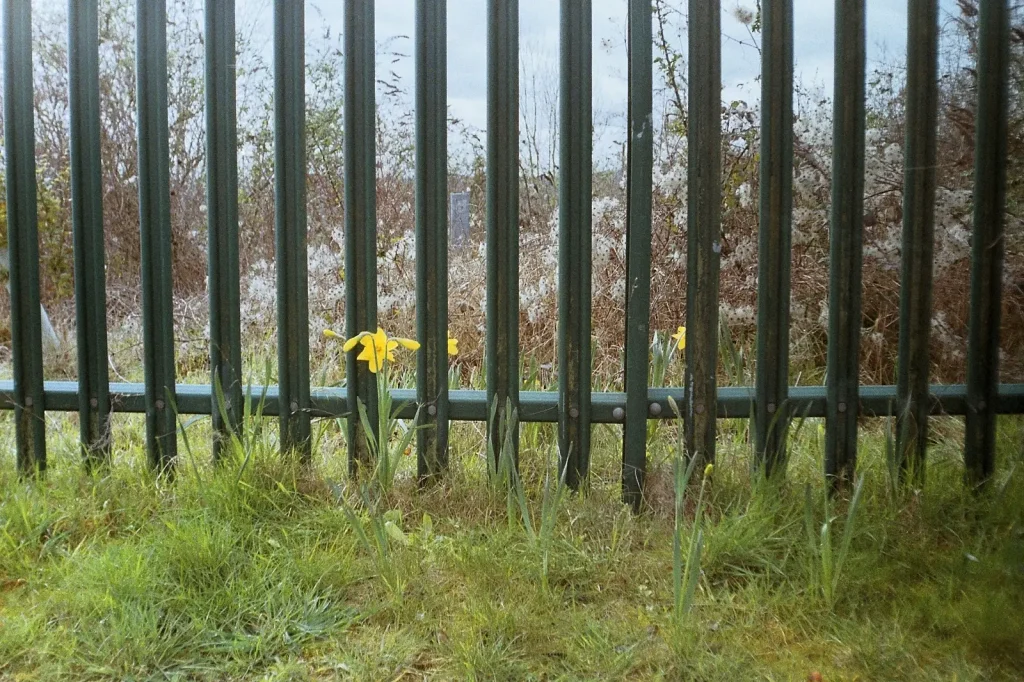

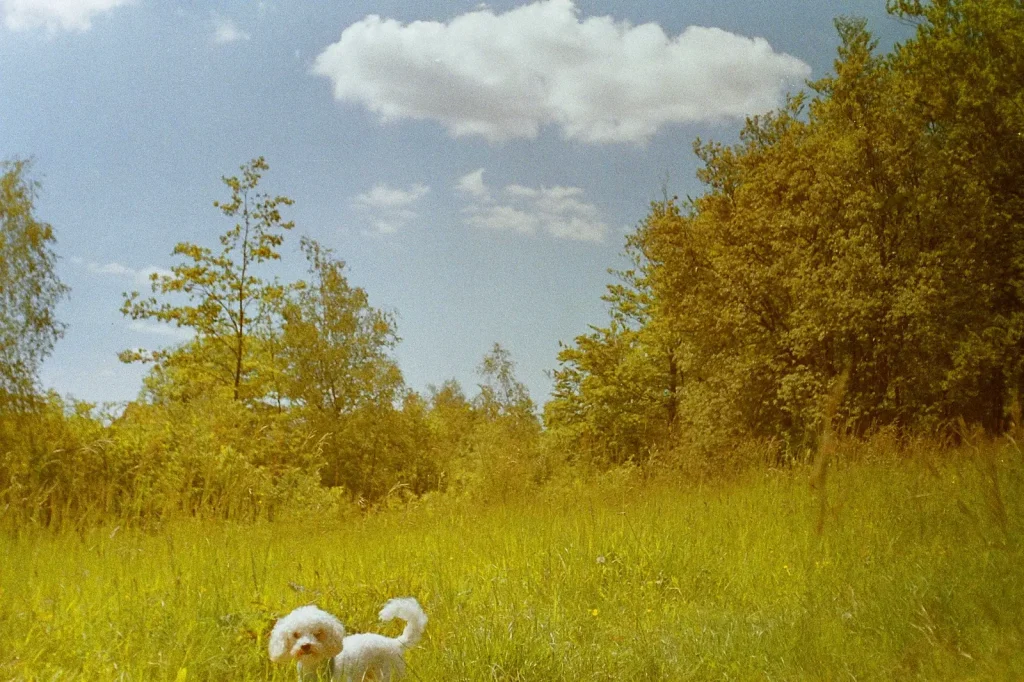
Thanks for reading. Feel free to comment, of course.
I don’t have a website anymore, so have been generally putting stuff on my flickr photostream. I also have an Instagram account for lo-fi stuff, mainly 110.
Cheers, Rock
Share this post:









Comments
Ron Peters on Texet TX-500 review – Fake Autoexposure Compact ? – by Rock
Comment posted: 03/09/2021
Comment posted: 03/09/2021
Hurin3 on Texet TX-500 review – Fake Autoexposure Compact ? – by Rock
Comment posted: 03/09/2021
For me, the pleasure I have in shooting with old film cameras is the mechanical quality and precision of the camera itself. I much rather use one of my old Leica IIIfs or Canon FT(b)s than an eighties plastic camera, be it something like this or even a Canon EOS. Much less my slew of m43 gear or Sony mirrorless.
I suspect I’m much older than you, FWIW.
Comment posted: 03/09/2021
Terry B on Texet TX-500 review – Fake Autoexposure Compact ? – by Rock
Comment posted: 03/09/2021
Notwithstanding, your actual results show that for the uninitiated, those with no interest in the technical aspects of photography, and for whom simple 6x4 prints of their family trips to the seaside or parties, the results seem reasonable for the expectations of cheap High Street d&p of the era.
Comment posted: 03/09/2021
Martin on Texet TX-500 review – Fake Autoexposure Compact ? – by Rock
Comment posted: 03/09/2021
Comment posted: 03/09/2021
Brian Nicholls on Texet TX-500 review – Fake Autoexposure Compact ? – by Rock
Comment posted: 05/09/2021
These nineties gems are not 'cheap and nasty trash' as some bloggers would advocate, they are legit, inexpensive, aimed at a market, pieces of photographic kit. I recall the joys of my 1963 Kodak Instamatic 100 which was all I could afford at the time and the now priceless images that my grandchildren rave over. The 100 had a single shutter speed of 1/90sec, pop up flash bulb holder and a f11-fixed focus lens and is therefore a similar spec to your Texet.
You have turned in a fine body of work here that has not disgraced either of you. Well done.
Comment posted: 05/09/2021
Comment posted: 05/09/2021
Huss on Texet TX-500 review – Fake Autoexposure Compact ? – by Rock
Comment posted: 06/09/2021
Comment posted: 06/09/2021
Sroyon on Texet TX-500 review – Fake Autoexposure Compact ? – by Rock
Comment posted: 14/09/2021
Comment posted: 14/09/2021